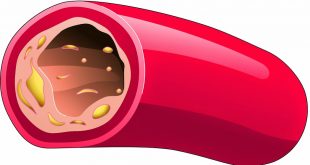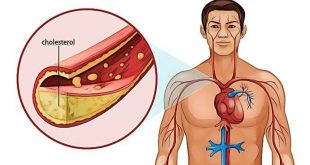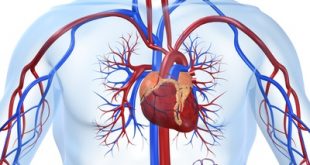Objective Of Evaluation
Hypertension is very treatable condition. However hypertension is notorious as a “silent killer”. E.g. no symptoms until it is too late. It may have escaped diagnosis for many years, allowing many complications to occur.
At your first consultation for hypertension, your healthcare provider will do the following:
- Exclude secondary causes of hypertension (primary hypertension has no identifiable cause).
- Ascertain presence of complications and organ damage.
- Assess lifestyle and identity risk factors and/or concomitant disorders that may affect your treatment and outcome.
What You Would Be Asked?
You have been probably asked many times but please bear with your healthcare provider (and do not be alarmed) when these questions are asked. It would be very helpful if you could prepare the answers before the interview with your healthcare provider.
- How long have you had high blood pressure? What was the level?
- Do you have concomitant disease such as diabetes mellitus, kidney disease and gout?
- Do you have close family members hypertension, heart disease, stroke, diabetes, kidney disease or high cholesterol?
- Details about your diet including salt, sugar, fat and alcohol intake.
- Some information about the medications that you are taking including prescribed (hospital, clinics), over-the-counter (purchased from pharmacy), traditional and complimentary medications.
- Information about your lifestyle and environmental factors that will assist treatment and prognosis. These would include details about smoking, physical activity, working environment, stress and weight gain.
- More specific questions to identify possible secondary causes of hypertension (please refer to table below), cardiovascular risk factors and target organs complications.

How Would I Be Examined?
Next your doctor and/or nurse would do the following examination.
- Measure and record height, weight and waist circumference.
- Blood pressure measurement with a cuff inflated over your arm. It is slightly uncomfortable. Your healthcare provider may repeat the measurement on the other arm or in a lying or standing position.
- Simple eye examination with an instrument called a funduscope. It has a bright light and lens to look into your eye.
- Examination of pulses and listen to your heart and lungs with a stethoscope.
- Examination of the abdomen for kidney masses, major vessel swelling (aorta) and obesity.
- Examination of neurological system to look for evidence of stroke.
- Signs of secondary causes of hypertension. (please refer to table below)
What Test Would Be Done For Me?
Your doctor will advise the following baseline blood, urine samples and investigations during the consultation session. He may include some additional test to look for secondary causes of hypertension if clinically indicated (see below).

What Are The Secondary Causes Of Hypertension?
This is an uncommon cause of hypertension (about 5% patients) where the raised blood pressure is caused by another illness. Treatments for these cases are to identify and target the inciting illness. Blood pressure will normalize once they are cured or at least brought under control.

Patients with the following features are screened for secondary hypertension.
- Resistant hypertension (³3 antihypertensive medications including diuretic).
- Sudden rise in blood pressure in a previously controlled patient.
- Age less or equal than 30 years old with no other risk factors (not obese).
- Severe hypertension with evidence of target organ damage.
Which Are The Target Organs And Complications?
Blood flows to all parts of the body and higher blood pressure over time creates many complications. Early identification will help to arrest, reverse or at least retard the progression of these problems.

References
- Hypertension. In (2012). Wikipedia. Retrieved from http://en.wikipedia.org/wiki/Hypertension
- Ministry of Health, Division of disease control (2008). Management of hypertension (3rd edition), quick reference for healthcare providers. Pg.4
- Rahid , A., & Safura, A. Ministry of Health, Division of disease control. (2008). Management of hypertension (3rd edition), training module for healthcare providers
- Secondary Hypertension. In (2012). Wikipedia. Retrieved from http://en.wikipedia.org/wiki/Secondary_hypertension
- Testor, S. (2012). Who should be evaluated for renovascular or other causes of secondary hypertension?. In G. Bakris, N. Kaplan & J. Forman (Eds.), UpToDate. Wolters Kluwer.
| Last Reviewed | : | 2 March 2016 |
| Writer | : | Dr. Yoon Chee Kin |
| Translator | : | Dr. Yoon Chee Kin |
| Accreditor | : | Dr. Ainol Shareha Binti Sahar |
 PENDIDIKAN PESAKIT Kementerian Kesihatan Malaysia
PENDIDIKAN PESAKIT Kementerian Kesihatan Malaysia



